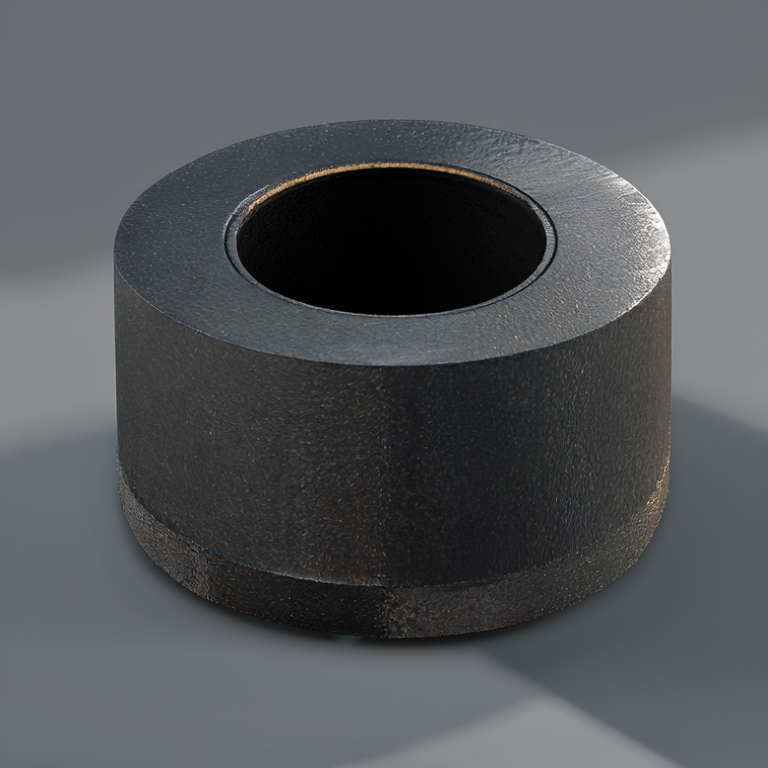What flow advantages provide Carbon Steel Butt Weld Pipe Cap?
Carbon steel butt weld pipe caps offer significant flow advantages by providing a smooth transition for the fluids. They minimize turbulence, reduce pressure loss, and enhance system efficiency. This makes them a preferred choice in various piping applications.
Introduction
When working with pipelines, choosing the right components can make a big difference. Carbon Steel Butt Weld Pipe Caps are essential in many systems. They are designed to close the ends of the pipes. This helps manage the flow of liquids or gases. Understanding their flow advantages can help industries function smoothly. Using these caps effectively ensures better sealing and reduces leakage. But what specific flow advantages do they provide?

Summary Answer
Carbon steel butt weld pipe caps offer significant flow advantages by providing a smooth transition for the fluids. They minimize turbulence, reduce pressure loss, and enhance system efficiency. This makes them a preferred choice in various piping applications.
Flow Advantages of Carbon Steel Butt Weld Pipe Caps
1. Smooth Flow Transition
Carbon steel butt weld pipe caps create a smooth flow transition. This design prevents sharp turns, which can disrupt the flow. A smooth transition leads to less turbulence. This is crucial for maintaining pressure and efficiency, especially in high-flow systems.
2. Reduced Pressure Loss
Using these caps helps lower pressure loss in pipelines. Each joint or fitting in a pipeline can create resistance. Butt weld caps minimize these joints. They allow fluids to flow freely, ensuring better pressure maintenance throughout the system.
3. Enhanced System Efficiency
Efficiency is vital in any piping system. Carbon steel butt weld pipe caps provide excellent durability. They can withstand high temperatures and pressures. This reliability ensures that systems operate efficiently over time.
Case/Data Supplement
For example, a study showed that using carbon steel butt weld caps in a high-pressure gas system reduced pressure loss by up to 15%. This improvement significantly enhanced flow efficiency, making it an essential choice for such applications.
Conclusion
In conclusion, carbon steel butt weld pipe caps offer several flow advantages. They ensure a smooth flow transition, reduced pressure loss, and enhanced efficiency in piping systems. These benefits make them a vital component in various industries. Understanding their advantages can help you make informed decisions about your piping needs.
FAQ
- What are carbon steel butt weld pipe caps used for? They are primarily used to seal the ends of pipes, preventing leaks and managing flow.
- How do they improve flow efficiency? They create smooth transitions, reducing turbulence and pressure loss in the system.
- Can they withstand high pressures? Yes, carbon steel butt weld pipe caps are durable and designed for high-pressure applications.
Table of Contents
- Introduction
- Summary Answer
- Flow Advantages of Carbon Steel Butt Weld Pipe Caps
- 1. Smooth Flow Transition
- 2. Reduced Pressure Loss
- 3. Enhanced System Efficiency
- Conclusion
- FAQ